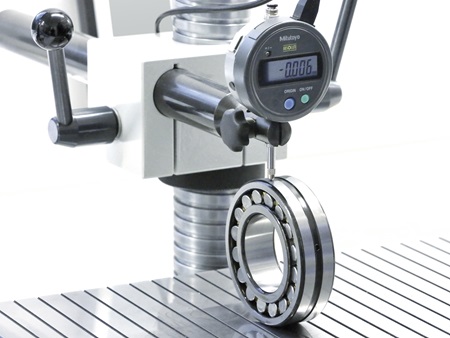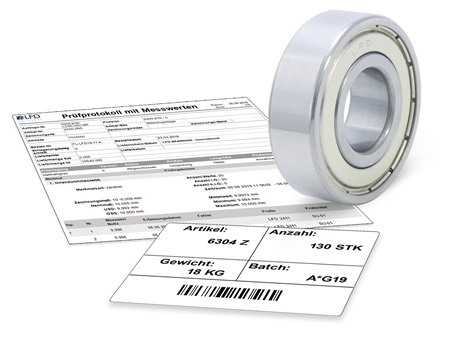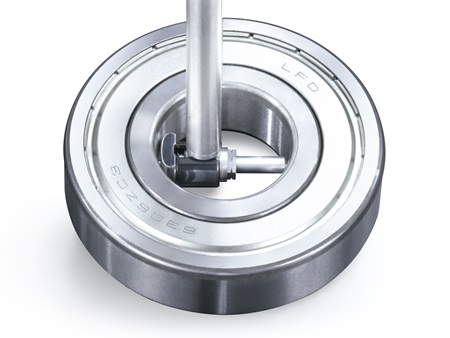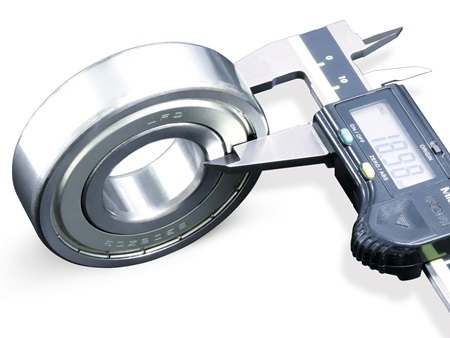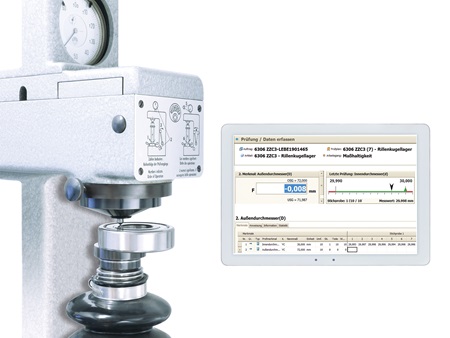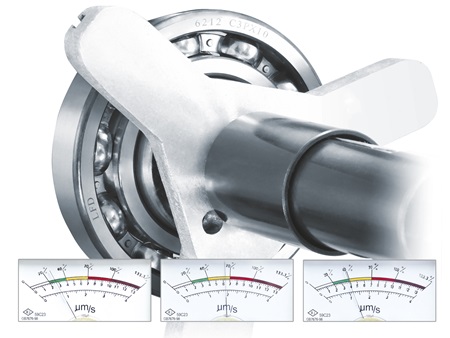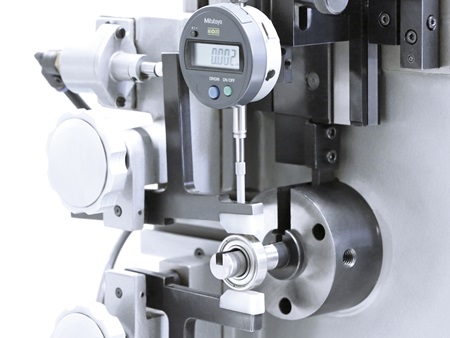Testplans for each bearing type
At LFD, all orders including the test plans for all bearing types are stored in the quality control software. Additionally, clearly arrange charts are affixed to the walls in the laboratory for all test processes, which also present the corresponding tolerances for each bearing type.
The test plan specifies the tests that are to be performed. Accordingly, tests are carried out for the dimensions, hardness, bearing clearance, noise, drawing dimensions and many more factors.
Each individual bearing is subjected to all tests. The individual results are stored automaticallyin the quality control software and evaluated according to their AQL key.
Additionally, the batch code is stored, which is specified on each single bearing. In this manner, LFD can trace each bearing back to its origin using the batch codes or with the use of the delivery note number. In this manner, information can be queried at any time on the measurement data.


